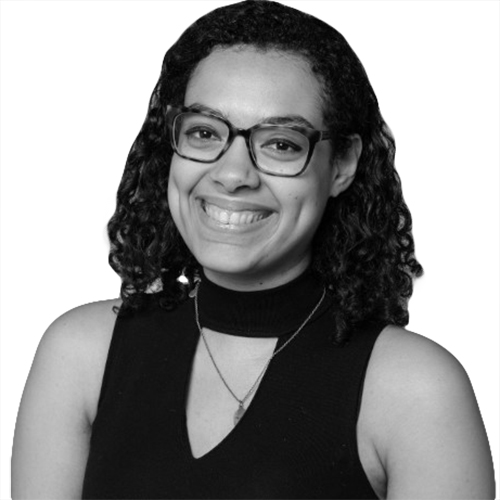Kelly Reichardt’s Latest Film Is Also Her Most Star-Studded—Not That She Cares
MASTER AT WORK
“Showing Up” boasts a cast of three recent Oscar nominees and one hip-hop legend. But Kelly Reichardt isn’t worried about all that glamor overwhelming her quietly funny film.

Trending Now




